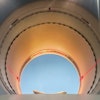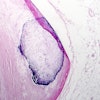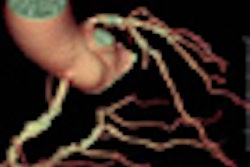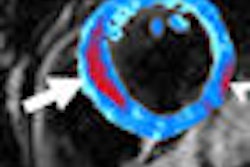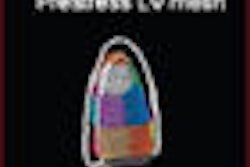Dear Cardiac Imaging Insider,
There's more good data in coronary CT angiography (CTA) scans than meets the eye, according to a study from Brigham and Women's Hospital in Boston. Researchers there found that opacification along the coronaries in 320-detector-row CT is so stable that it may be suitable for determining the degree of stenosis.
Like plaque composition analysis and visualization of calcium and the vessel lumen, opacification changes along each coronary artery speak volumes about vessel patency -- and it's information that's already available in the data.
With the aid of customized software, the researchers analyzed attenuation in 141 coronary arteries, millimeter by millimeter, in 47 patients scanned with coronary CTA. The changes in contrast opacification correlated with other information the scan provided about the vessels, they said, creating a useful tool that could potentially improve diagnosis and reduce the need for additional exams.
For more information, check out this issue's Insider Exclusive, delivered to our subscribers before it's made available to other AuntMinnie.com members.
Another featured story about coronary CTA finds that weight isn't an important factor in 64-slice CTA as long as the heart rate is stable. Just as important, the comprehensive analysis of prospective gating factors found no major differences in image quality attributable to prospective versus retrospective gating. Find out how far you can go with ultralow-dose by clicking here.
Another comprehensive evaluation comes from the University of Groningen in the Netherlands, where researchers used a phantom to assess the accuracy of cardiac functional parameters with MRI, MDCT, and dual-source CT. One modality was found to systematically underestimate functional parameters, while another came pretty darn close.
Meanwhile, a study in the New England Journal of Medicine found that coronary artery bypass grafting produced better one-year outcomes than percutaneous coronary intervention. In the Journal of the American Medical Association, a sweeping study of radiation dose found that providers didn't always use dose-reduction techniques available to them.
In a story by AuntMinnie.com staff writer Wayne Forrest, U.K. investigators found they could improve myocardial salvage by assessing hemorrhage after a heart attack with MRI. Mr. Forrest also describes an intriguing new study of hybrid echocardiography/SPECT imaging that improved the assessment of coronary artery disease.
Be sure to scroll down for more leading-edge news in your Cardiac Imaging Digital Community.
